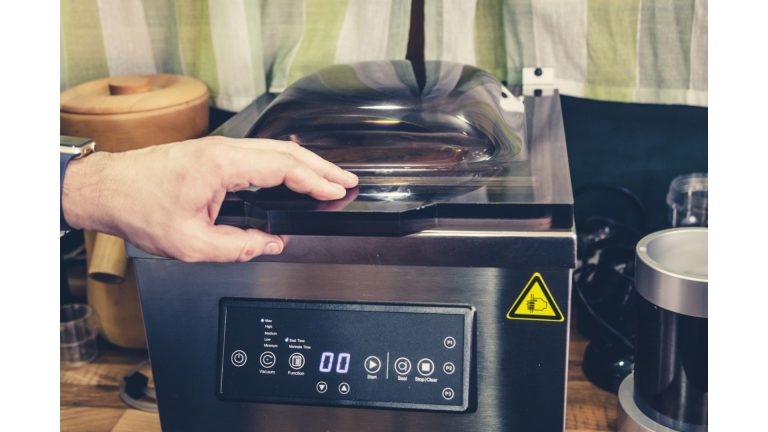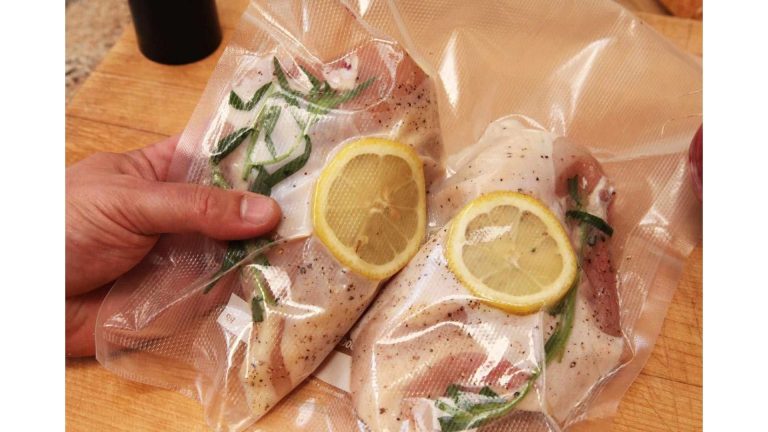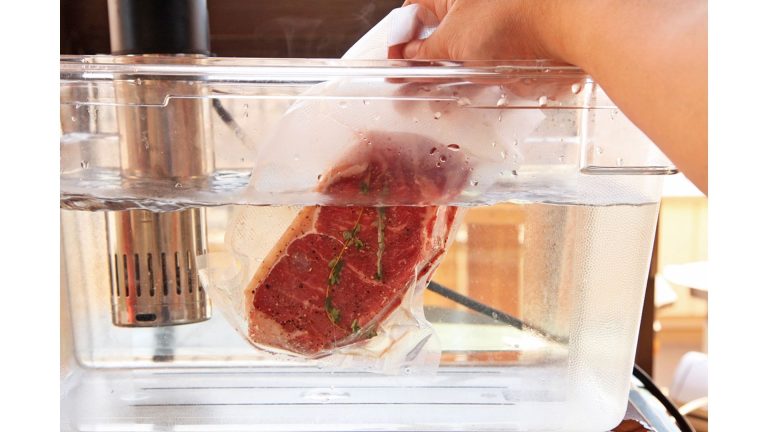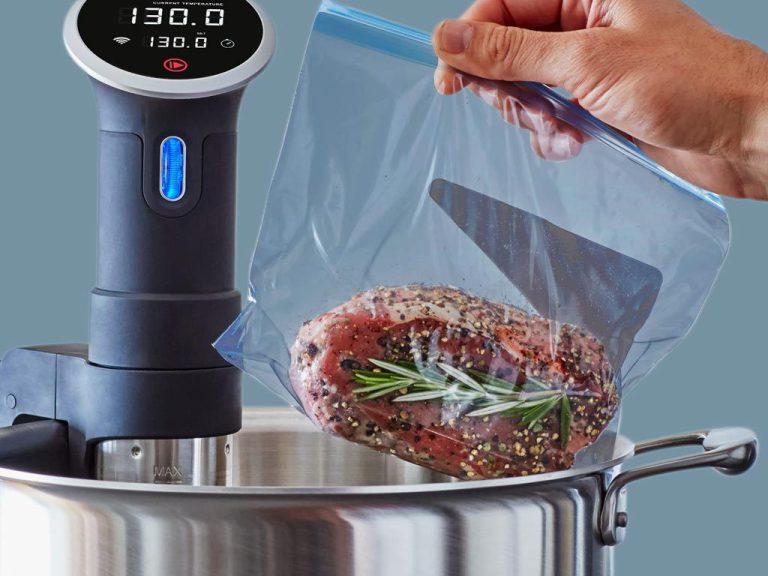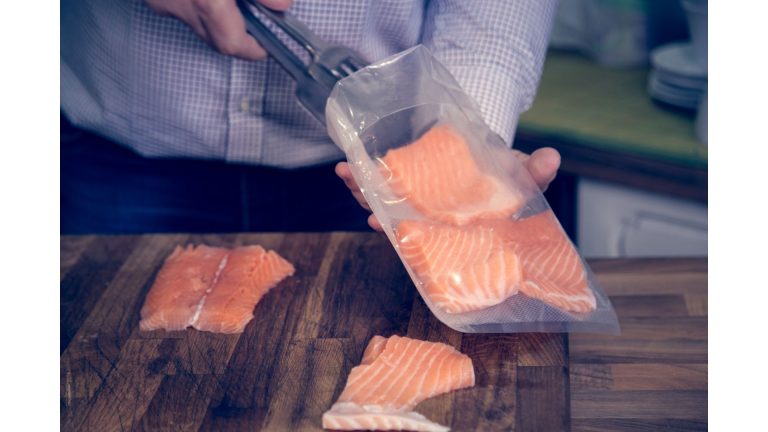Why Is It Bad If Water Touches Food In Sous Vide?
Sous vide cooking has grown in popularity over the years, and it is now often used in families all around the world.
When water touches food in sous vide, there is no way to know how the food has been cooked and it is not always safe to eat.
Foods with high fat content (e.g. mayonnaise) or foods with a lot of sugar (e.g. jam, honey, sugar, sweeteners) can explode.
The procedure is plunging a sealed bag holding your desired ingredients into a hot water bath, and monitor it constantly to ensure that the proper temperature is maintained.
It’s a fantastic technique of preparing food since it needs less effort than traditional methods and, on top of that, it produces properly cooked food as well.
However, every method has its own specifications about the way it should be done. Not following them properly may lead to not-so-perfect results.
Table of Contents
The sous vide leakage problem
What’s the first thing that comes to mind when someone mentions sous vide? That it is a technique which makes use of vacuum “sealed” bags.
And when it comes to sous vide cooking, this is really essential. It is necessary for air or water to not enter the sous vide bag when cooking.
However, owing to factors such as excessive pressure, your sous vide bag may rupture, causing your meal to lose flavour and texture and become unappealing. And this is in fact something that happens to many people.
So can you prevent it from happening?
The answer is yes! And that’s why we have put up this easy guide. So if you want your sous vide bags to never leak again, then keep reading…
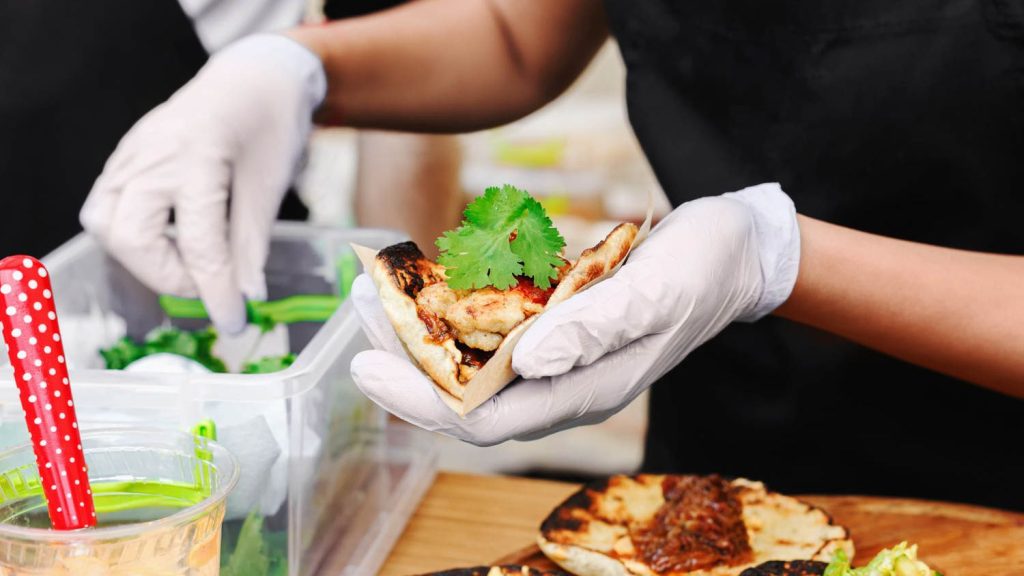
Here’s why leaking sous vide bags are bad:
Here are the reasons why a leaky bag is bad for your sous vide cooking:
It affects the quality of food
It is not ideal for water to enter into a sous vide bag. This means that it isn’t any more a vacuum-sealed bag, and this might have an influence on the taste, texture and appearance of the meal.
However, it is dependent on a variety of factors. For example, the amount of water that entered the bag.
The more the water gets inside, the more it will weaken the tasty fluids that are produced from the food during the cooking process.
In addition, the time period is also critical. If the water was inside for just 15 minutes, it won’t affect your food a lot.
However, if you leave the water in for an extended period of time, like 10 hours, then there is little you can do to make that food better again.
The type of food matters as well. Water has a larger likelihood of compromising the flavour of meat or fish than rice or vegetables.
See Also: Best Foods to Cook Sous Vide
It can harm your kitchen equipment
Water and fat are also known to cause harm to sous vide cooking equipment.
There is a chance of fat coating being deposited on top of the mechanics or in its important areas. And in the long run, this may leave your immersion cooker less effective.
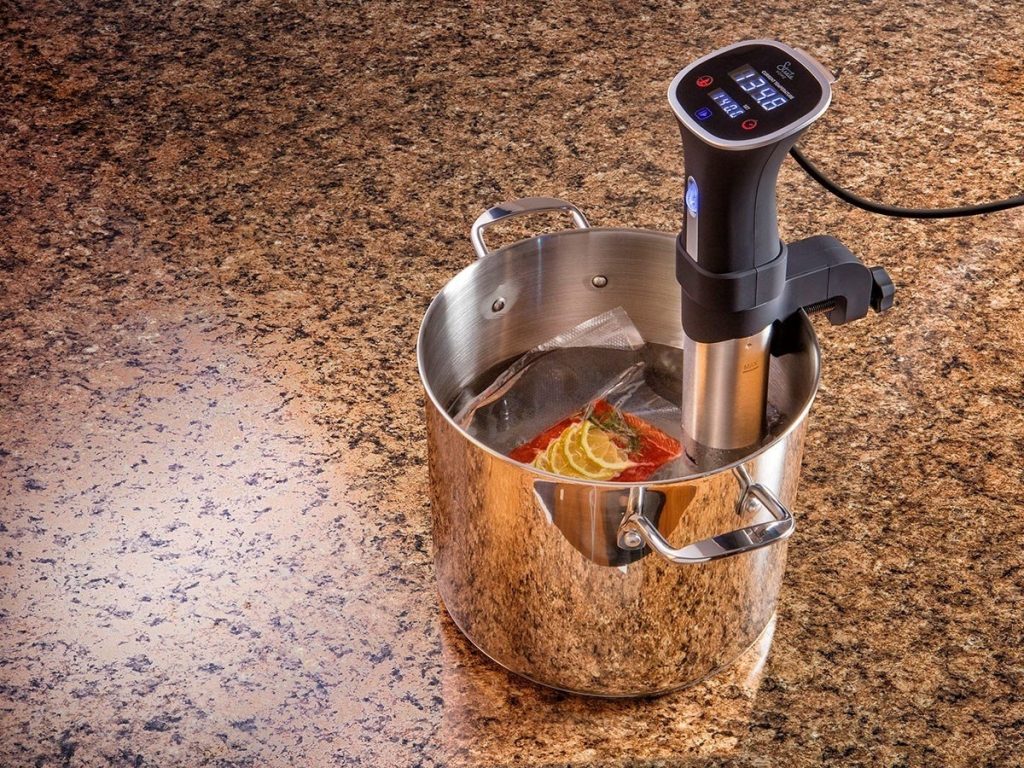
Steps to take when your sous vide bag has leaked:
Now that you understand why a water leakage from your food bag is not good, here is a list of steps that you can take to reduce its bad effects after a leak has happened.
1. See water inside? First, check if it’s not something else!
An important point to remember is that there is always some quantity of liquid within the bag since any food that is prepared releases some fluids of its own when cooked.
So, first and foremost, be certain that the bag contains only water and not any liquids from the food itself.
Check for leaks in your vacuum bag before using it. If you don’t locate any, it’s likely that the warning was a false one.
Examining the colour of the water bath can also help you assess whether or not your sous vide bag has leaked.
If it gets muddy or tinted, it indicates that some of the food fluids have leaked out of the sealed bag, indicating that there is a leak.
2. Clean your equipment
If you have confirmed that the liquid inside your bag is not food juices but water, it’s time you take some steps to avoid the bad effects of the fat on your machine.
Start with removing any juices or other food remnants, drying it well and allowing the machine to cool before cleaning it.
Avoid using any harsh chemicals to clean the device and there is no need to pour enormous volumes of water on it as well.
Instead, use a moist towel dampened with vinegar and water to clean in.
Alternatively, you may submerge your machines in a mixture of water and vinegar and heat it to 140°F for a couple of minutes.
3. Start cooking again
You can start with removing everything from the container except the meat and starting afresh. To do so, remove all of the liquid from the leaked bag and the water bath and set it aside.
You can start with removing everything from the container except the meat and starting afresh. To do so, remove all of the liquid from the leaked bag and the water bath and set it aside.
Make certain that your sous vide machines are thoroughly cleaned. You don’t want any evidence of the leak to be present in the machine when you cook again.
This is important not just to safeguard the machine, but also to avoid flavour transfer from the previous operation of the appliance when the leakage happened.
After that, prepare a fresh water bath and transfer the contents of your leaking sous vide bag to a new bag. Now you can start cooking again.
Can you eat the food from the leaked bag?
The answer is yes. There’s nothing hazardous or risky about consuming food that’s been inside of the leaky bag.
When water gets inside, the flavour and texture of the food may be altered, but the food still remains safe to consume.
However, there’s one thing that one should consider. Is the water utilised for cooking in the water bath fresh?
If the water wasn’t fresh or has been under storage for a long time, then it may render the food bad for health as well.
If you’re doubtful about the water used, then you may avoid eating the food. Besides that, there isn’t anything to worry about.
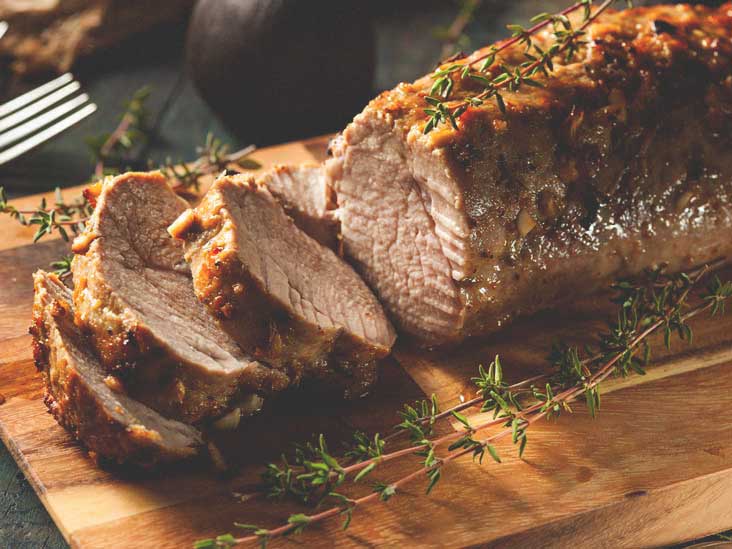
Prevent Leaks from Sous Vide Bags
Here are a few practical tips to help you prevent your sous vide bags from breaking and leaking:
1. Check the bag in advance
Prior to beginning the cooking process, fill your sous vide bag halfway with water. Whenever it begins to leak, there is an opening somewhere in it.
This is especially critical if you are reusing sous vide bags, although even fresh bags may become damaged from time to time.
Checking in advance will allow you to find the leak earlier and replace your bag at this stage itself.
2. Watch out for sharp food parts
When cooking fish, pork, or some veggies such as asparagus, it’s important to be extra careful.
That’s because these foods might include sharp materials that could pierce the bag during the cooking procedure.
Make an effort to arrange your food in such a manner that its sharp pieces do not come into contact with the bag.
For example, you might place your fish in the centre of the bag, and put veggies all around it.
3. Make use of the proper tools
The use of some kitchen utensils with sharp edges, such as metal tongs, might cause your sous vide bag to be damaged or pierced as well.
Instead of using tongs, consider using silicone or plastic utensils, or even better, avoid using tongs altogether.
It has come to my attention that spatulas are an excellent tool for sliding food in and out of plastic bags with no risk of harming the bag.
4. Use vacuum sealer bags
Ziplock bags are less expensive, do not necessitate the purchase of extra equipment, and are more handy. But they have a larger possibility of leaking.
Therefore, you may wish to purchase specific vacuum sealer bags as well as a vacuum sealer to guarantee that your food bag doesn’t open or break while in the cooking process.
The vacuum sealer creates a substantially stronger seal on the sous vide bags.
See Also: Best Sous Vide Bags – Vacuum, Silicon or Ziplock
Final words
In most circumstances, leaky sous vide bags can be fixed.
Despite the fact that cleaning everything, including the containers and sous vide equipment, as well as changing the bag, takes some effort, it is not a big hassle.
You should be able to easily prevent the situation if you take all the necessary precautions.
And even then if this happens, just make sure to follow all the tips given here to prevent any bad effects on your food and machine.

Foodie and a passionate cook, I am here to share all of what I know about cooking, kitchen, and food prepping.
Follow me for delicious and healthy recipes.

